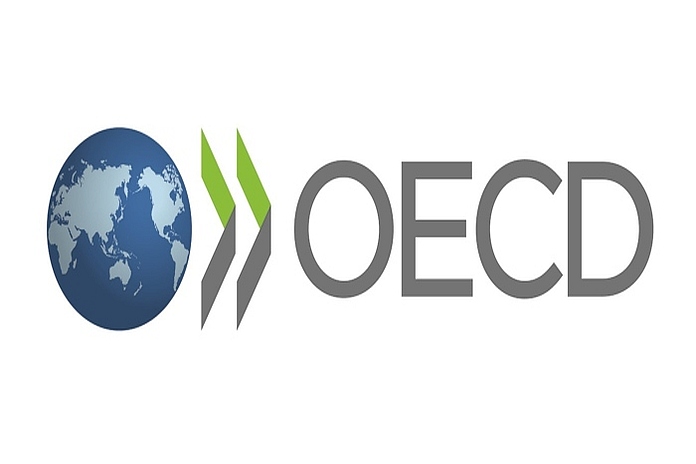– “Year-on-year inflation in the OECD as measured by the Consumer Price Index (CPI) declined in June 2024, to 5.6 percent from 5.9 percent in May.”
PARIS, France – Year-on-year inflation in the OECD as measured by the Consumer Price Index (CPI) declined in June 2024, to 5.6 percent from 5.9 percent in May (Figures 1 and 2). This is the lowest level since October 2021, although a similar rate was already approached several times since the beginning of 2024, at 5.7 percent.
Headline inflation declined in 24 of 38 OECD countries and stood below 2.0 percent in nine countries in June as opposed to six in May. By contrast inflation remained above 5.0 percent in Colombia and Iceland, and above 70 percent in Türkiye. OECD inflation excluding Türkiye is estimated to have declined to 2.9 percent in June, from 3.1 percent in May.
OECD energy inflation declined to 2.3 percent in June from 2.5 percent in May, with falls in 24 countries. Significant differences continued to be recorded across OECD countries: energy prices in June rose by 10 percent or more year-on-year in Türkiye, Colombia, Belgium, Chile, and Denmark, while they fell by more than 10 percent year-on-year in the United Kingdom, Sweden, Lithuania, and Norway.
OECD core inflation (inflation less food and energy) fell below 6.0 percent for the first time since March 2022. OECD Food inflation was broadly stable at 4.7 percent from 4.8 percent in May.
Year-on-year headline inflation in the G7 fell to 2.7 percent in June from 2.9 percent in May, reaching its lowest level since March 2021. Headline inflation declined by 0.2 percentage points or more in the United States, Canada and Germany and was broadly stable in the remaining G7 countries. Year-on-year, energy prices continued to decline in the G7 as a whole but have been increasing in Japan, France and, to a lesser extent Canada. Energy prices kept falling (by more than 8.0%) in the United Kingdom and Italy. Food inflation stood below 2.0% for the fourth consecutive month. Core inflation was the main contributor to headline inflation in all G7 countries except for Japan, where it was broadly equal to the combined contribution of food and energy prices (Figure 3).
In the euro area, year-on-year inflation as measured by the Harmonised Index of Consumer Prices (HICP) was broadly stable at 2.5 percent in June as compared with 2.6 percent in May. It has hovered between 2.4 percent and 2.9 percent since October 2023. Based on HICP, three euro area countries (Lithuania, Italy and Finland) registered headline inflation at or below 1.0 percent, while it stood at 3.0 percent or above in five others (Belgium, Spain, the Netherlands, Austria, and Portugal). Core and energy year-on-year inflation were also broadly stable, while food inflation declined slightly. In July 2024, according to Eurostat’s flash estimate, year-on-year inflation remained broadly stable in the euro area, at 2.6 percent, with unchanged core inflation while energy inflation rose to 1.3 percent from 0.2 percent in June.
In the G20, year-on-year inflation fell to 7.0 percent in June from 7.3 percent in May. Headline inflation declined in Argentina (still exceeding 270%) and Indonesia, but it increased in Brazil for the second consecutive month. It remained broadly stable in China, Saudi Arabia, and South Africa (Table 2).





